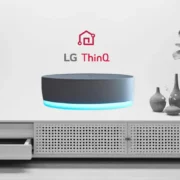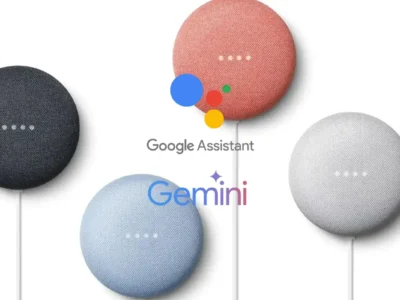The U.S. smart home industry is at a pivotal moment, with voice assistants evolving from “nice-to-have” gadgets into critical infrastructure for connected living. According to recent market data from DataM Intelligence, the U.S. voice assistant market is forecast to grow at nearly 23% CAGR through 2032, powered by surging adoption of smart devices, AI integration, and cross-sector applications. For builders of smart home products, this is not just encouraging news – it is a call to refine strategies.
Why This Matters for Smart Home Innovators
-
Voice-first interfaces are now a design expectation. Homeowners increasingly view voice as the default way to interact with lights, security, climate, and entertainment. Companies that ship products without seamless voice integration risk irrelevance.
-
Generative AI is reshaping consumer expectations. Amazon, Google, and Apple are already layering large language models onto their assistants, enabling more conversational, context-aware interactions. For startups and product teams, this means designing devices that can feed structured, high-quality data into these ecosystems.
-
Sustainability and efficiency pressures align with voice adoption. Builders and contractors value systems that reduce installation complexity. Wire-free switches, connected thermostats, and energy dashboards become more powerful when paired with intuitive voice control.
Market Opportunities Beyond the Living Room
The U.S. market is not just about controlling smart bulbs or speakers. Key growth areas include:
-
Automotive integration: Car OEMs are embedding assistants into infotainment systems, extending voice experiences beyond the home.
-
Healthcare applications: Hospitals and senior living facilities are exploring voice-enabled monitoring and support systems, addressing both convenience and accessibility.
-
Enterprise settings: Offices and co-working spaces are using voice assistants to manage lighting, conferencing, and environmental controls.
For smart home startups, these adjacencies represent new routes to scale. Products designed with interoperability across sectors could become the connective tissue of the broader voice ecosystem.
Barriers and Strategic Considerations
-
Trust is fragile. Privacy and data security remain the most cited concerns. Product managers should prioritize transparency, local processing options, and compliance with U.S. data regulations to gain consumer confidence.
-
Language and inclusivity. The U.S. market is linguistically diverse. Solutions that support multilingual households and recognize varied accents can differentiate in a crowded space.
-
Partnership over competition. The dominance of Amazon, Google, and Apple means smaller players are better served by finding complementary niches rather than building closed ecosystems.
What Founders Should Do Next
-
Anchor innovation in voice. Treat voice not as an add-on, but as a core UX element across product lines.
-
Leverage AI readiness. Build data structures, APIs, and integrations that make devices “AI-friendly” for the next wave of assistants.
-
Solve the trust gap. Position privacy and security not as checkboxes but as differentiators.
-
Design for cross-domain use. Think homes, cars, offices, and healthcare as a continuum of connected spaces.
This content references insights from the DataM Intelligence Voice Assistant Market Report. For more detailed analysis, you can download the full report there.












Comments